Vulnerability is a powerful tool for interpersonal connection at the cost of being incredibly scary for most people. The fearfulness around being vulnerable is understandable. Sharing your intimate thoughts and feelings to others when there is no guarantee of a positive reaction is not an easy thing to do.
Why is vulnerability so hard?
The nature of vulnerability, in that it requires you to share something you feel shame about, is that it will be difficult. You are intentionally putting yourself at the risk of being hurt to gain the opportunity to be understood and to connect more deeply with others. If what you are divulging is not hard or scary, it is not an act of true vulnerability. In fact, the dictionary definition of ‘vulnerable’ is “capable of being physically or emotionally wounded”. Despite the daunting nature of vulnerability, it is an integral part of forging deep personal relationships. It fosters mutual empathy, trust, and understanding, all of which are vital for building and maintaining healthy, long term relationships.
What does vulnerability have to do with rejection?
Vulnerability and rejection are inevitable parts of the human experience, so it is important to know how to manage the complicated feelings that can arise as a result of these experiences. Here are a few approaches you can try:
Remember that rejection does not define you as a person or affect your worth
Vulnerability researcher Brené Brown highlights the importance of self-worth in her TedTalk, saying “There was only one variable that separated the people who have a strong sense of… belonging and the people who really struggle for it… people who have a strong sense of… belonging believe they're worthy of love and belonging.” There is a study that demonstrates that people with higher self-esteem emotionally suffer less when confronted with rejection. Of course, believing you are worthy is much easier said than done. Psychotherapy, self-worth activity worksheets, and positive affirmations are some solid strategies for increasing your self-worth.
Focus on what you could gain, not what you could lose
While vulnerability and risking rejection are scary to practice, they can also lead to new opportunities and stronger relationships. When faced with an opportunity to be vulnerable, try to reframe your thinking from assuming the worst case scenario and instead turn your attention to what you might gain. As opposed to something like “what if I ask my friend out on a date and they don’t want to be my friend anymore?,” reframe this thought to something like “what if I ask my friend out on a date and they say yes and we start a wonderful romantic relationship?” Like anything, positive thinking takes practice and it will not be what your brain automatically jumps to the first time you try it, but after a while your thinking and perspective start to shift.
Avoid making assumptions about other people’s motivations
Particularly when rejection is not accompanied by an explanation, it is easy to let your mind run wild with all the things you might have done wrong to “deserve” such a response. This is a valid reaction, but not a fruitful one. It’s not possible to guess what is going through someone else’s mind unless they explicitly explain it and even then, miscommunication is always a possibility. Assuming the worst, that the person hates you or that there is something wrong with you, will only fuel your anxiety around the situation. There is a study that shows that positive thinking increases resilience to daily stressors. This means that the more you work to shift your anxious thoughts to positive thoughts, the better you will be able to cope with the anxiety-provoking stressor. When those thoughts come up, acknowledge them and try to let them pass by or counter them by reminding yourself that their behavior has no bearing on your worth, regardless of their motivations.
Keep picking yourself up and putting yourself out there
Perhaps the most difficult and most essential part of managing your fear of rejection is exposure to it. When you experience the pain of rejection, it is a natural instinct to want to put up emotional walls to avoid being hurt again. Unfortunately, this will have the undesirable side effect of preventing you from forging close relationships. You have to let yourself grieve and work through your feelings in order to move on. Being repeatedly exposed to an anxiety-provoking stimulus may be necessary in order to decrease anxiety. Crying, journaling, grounding yourself in nature, or doing whatever else feels cathartic for your negative emotions can help you process this experience and allow you to move forward. Perhaps with enough distance from the painful experience, you can even appreciate what it taught you and how it helped you grow.
Vulnerability is undoubtedly challenging, as it requires us to expose our innermost selves without any guarantee of a positive outcome. This is especially true for those who have trauma or are neurodivergent, and it’s much easier said than done. Neurodivergent people are prone to challenges being vulnerable due to several factors including Rejection Sensitive Dysphoria, Trauma, and different communication styles than their neurotypical counterparts. However, it is through this very act of vulnerability that we open the doors to deep and meaningful connections with others. Even the challenge itself and the painful experience of being rejected is important for self-growth and building emotional resilience. If you are experiencing challenges with vulnerability or rejection, consider seeking out support from a mental health professional. By embracing vulnerability, we can foster empathy, trust, and understanding, which are essential elements for building and nurturing healthy, long-lasting relationships.



































